In the tradition of Zen Buddhism, truth is not something you can hold in your hand or define in words. That’s where koans come in paradoxical statements or Zen riddles designed to shatter ordinary thinking and awaken insight.
For centuries, Zen masters have used koan examples to guide students beyond logic into direct experience. These Zen Buddhist riddles aren’t intellectual exercises they’re living teachings meant to be contemplated, not solved.
In this article, we’ll explore:
-
What Zen koans are
-
Why they matter
-
Famous koan examples in Zen Buddhism
-
How to approach them in your own practice
What Is a Zen Koan?
A koan (pronounced ko-ahn) is a short anecdote, question, or dialogue that challenges rational thinking. Originating in Chinese Chán (Zen) Buddhism, koans were recorded as encounters between monks and masters, meant to provoke doubt and ultimately awakening.
Unlike traditional religious teachings that aim to explain, koans aim to disrupt. They stop the thinking mind in its tracks and force a different kind of knowing the kind that lives in the body, not the head.
❝ Koans are not puzzles. They are tools that point beyond answers. ❞
Are Koans Just Zen Riddles?
It’s tempting to call them Zen Buddhist riddles, but that’s not entirely accurate. Riddles seek clever solutions. Koans don’t.
A riddle might ask for a wordplay response.
A Zen koan asks: Who is the one hearing this question?
So while “Zen riddle” is a common search term (and a fair metaphor), it’s important to know that koans aren’t meant to be “figured out” they’re meant to open something inside you.
Famous Koan Examples in Zen Buddhism
Let’s look at a few examples of Zen koans that have been passed down for generations. These are drawn from traditional sources like The Gateless Gate (Mumonkan) and Blue Cliff Record (Hekiganroku).
1. What is the sound of one hand clapping?
Perhaps the most well-known Zen Buddhist riddle, this koan invites the student to encounter sound or silence beyond physical duality.
2. Joshu’s Mu
A monk asked: “Does a dog have Buddha-nature?”
Joshu answered: “Mu.”
“Mu” means “not” not yes, not no. The point is not the answer, but the shift it creates.
3. Everyday Mind is the Way
A student asked: “What is the Way?”
Master Joshu replied: “Your ordinary mind.”
Can awakening really be found in the mundane?
4. Seijo and Her Soul Separated
A haunting koan from The Book of Serenity, where a woman’s soul travels home before her body does. What is real the self, the soul, or the story?
5. If you meet the Buddha on the road, kill him
A radical reminder that attachment even to spiritual ideals is still attachment. No concept, not even “Buddha,” should bind you.
How to Engage with Koans
If you’re new to Zen, koans might feel confusing or even nonsensical. That’s the point. The goal isn’t to decode them like brain teasers but to let them work on you.
Here’s how practitioners typically engage with koans:
Sit with the question — let it repeat internally during meditation
Notice the resistance — what makes your mind want to “figure it out”?
Drop into presence — allow insight to arise from stillness, not analysis
Over time, the koan may open up not through logic, but through a shift in perception.
❝ Koans are like mirrors. They reflect what’s already within you. ❞
Can Koans Be Used in Daily Life?
Absolutely. While koans are traditionally studied in Zen monasteries under teacher supervision, lay practitioners use them too.
Examples of simple, modern Zen koans or riddles to hold in daily life:
-
Who is angry right now?
-
If I let go of this thought, what remains?
-
What moves when I say “I”?
These aren’t written in ancient Chinese texts but they carry the same energy. A Zen riddle doesn’t need to be old to be effective.
Support Your Koan Practice with Brainwave Stimulation
Koans are designed to pull you out of habitual thinking but the modern mind can resist silence. That’s where technology can help.
NeuroVIZR stress relief devices is a non-invasive neurostimulation device that supports deep meditation, mindfulness, and altered states of awareness.
Whether you’re sitting with a classic Zen riddle or exploring your inner stillness, NeuroVIZR helps create the brain conditions for insight to arise.
➤ Try it during your next koan reflection session and experience the shift from thought to pure awareness.
Are Koans Meant to Be Understood?
Koans bypass understanding. Their aim is awakening, not comprehension.
They’re meant to:
-
Interrupt conditioned thought
-
Create space for non-dual awareness
-
Point directly to the nature of mind
So if you find them frustrating, confusing, or even absurd you're probably on the right path.
Final Thoughts: Why Koans Still Matter
In a world saturated with information, koans ask you to stop searching and start experiencing.
They offer no teachings, no answers, and no dogma. Just a mirror. A riddle. A question that won’t leave you alone and that may just wake you up.
Whether you’re a beginner or seasoned meditator, exploring these koan examples in Zen Buddhism can open doorways into silence, stillness, and self-inquiry.
Frequently Asked Questions
What is the most famous Zen koan?
One of the most well-known koans is from the Zen master Hakuin: “Two hands clap and there is a sound; what is the sound of one hand?” This question explores the concept of nonduality by challenging the mind to move beyond binary thinking.
What is the Zen koan method?
In Zen Buddhism, a koan is a meditative riddle or paradoxical statement used to transcend logical reasoning and provoke insight or enlightenment. The koan method pushes practitioners to break free from rational patterns of thought. It has also been used metaphorically to inspire innovative thinking and new ways of organizing in Kind, Open, Adaptive Networks (KOAN).
What is an example of a koan paradox?
A classic example is the koan: “What is the sound of one hand?” The paradox lies in how it defies logical answers. In one version, the student responds not with words, but with a silent gesture thrusting one hand forward. This nonverbal act becomes the “answer,” highlighting that some truths can only be experienced, not explained.
Disclaimer: neuroVIZR is a wellness device created to promote relaxation, focus, and overall brain wellness. It is not a medical device, does not provide diagnoses, and is not intended to treat, cure, or prevent any medical condition. The device is not suitable for individuals with epilepsy. Experiences and results may vary from person to person.

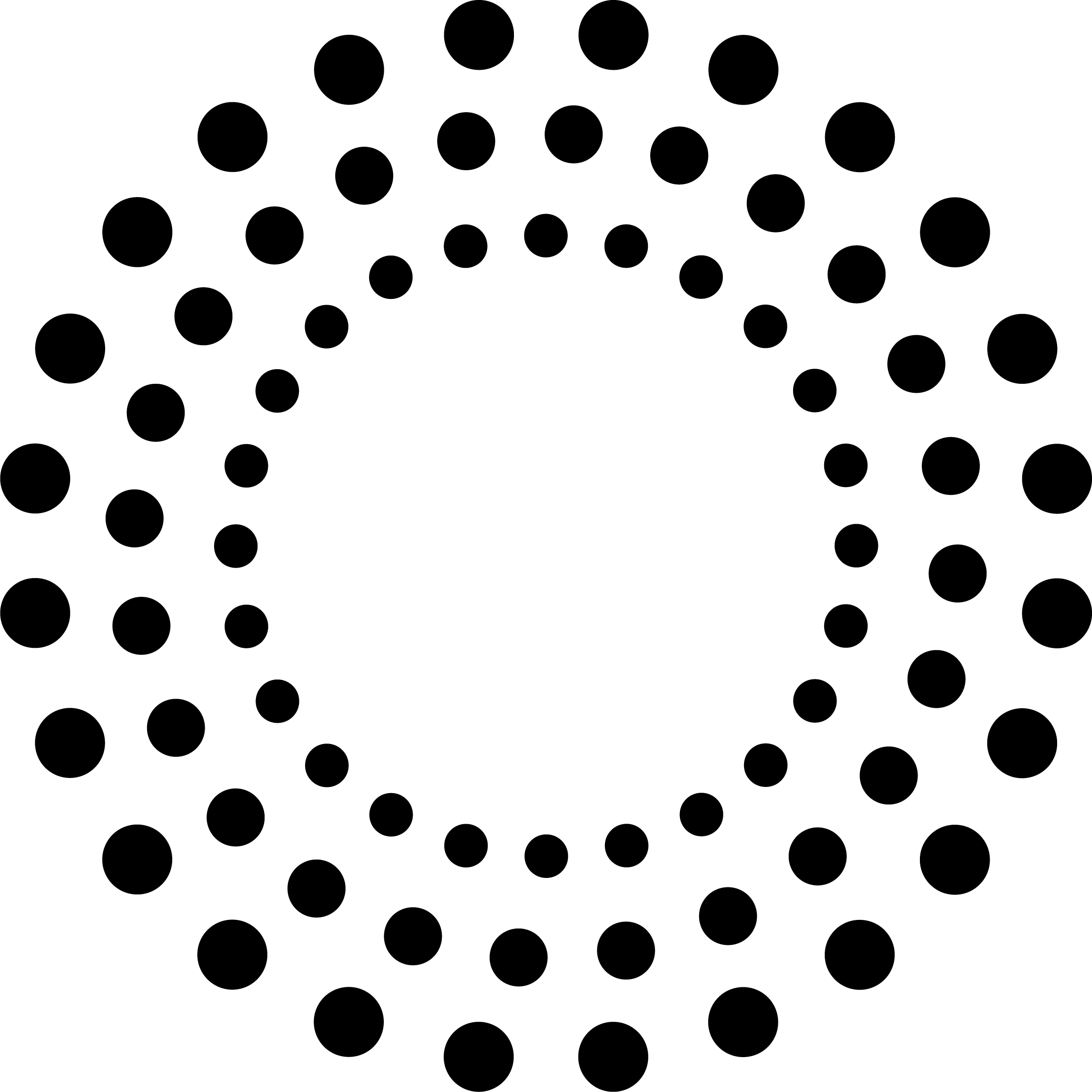

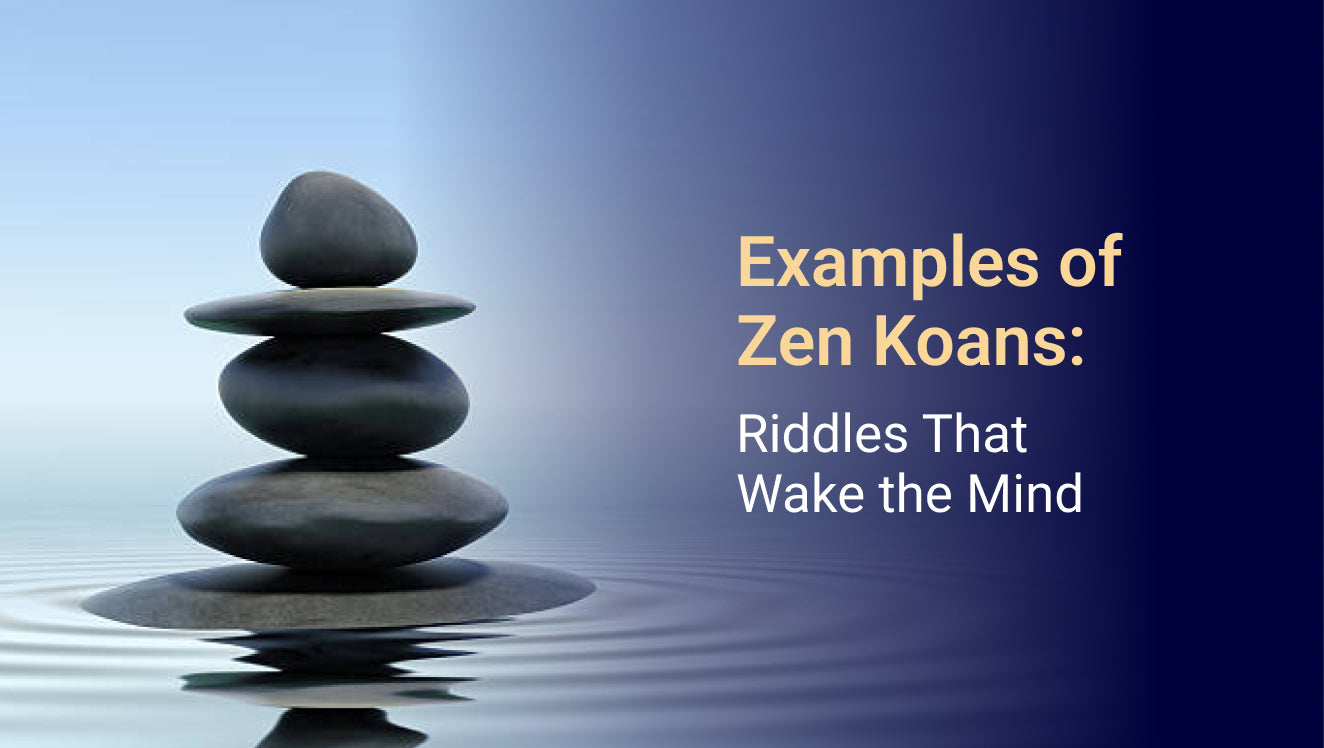


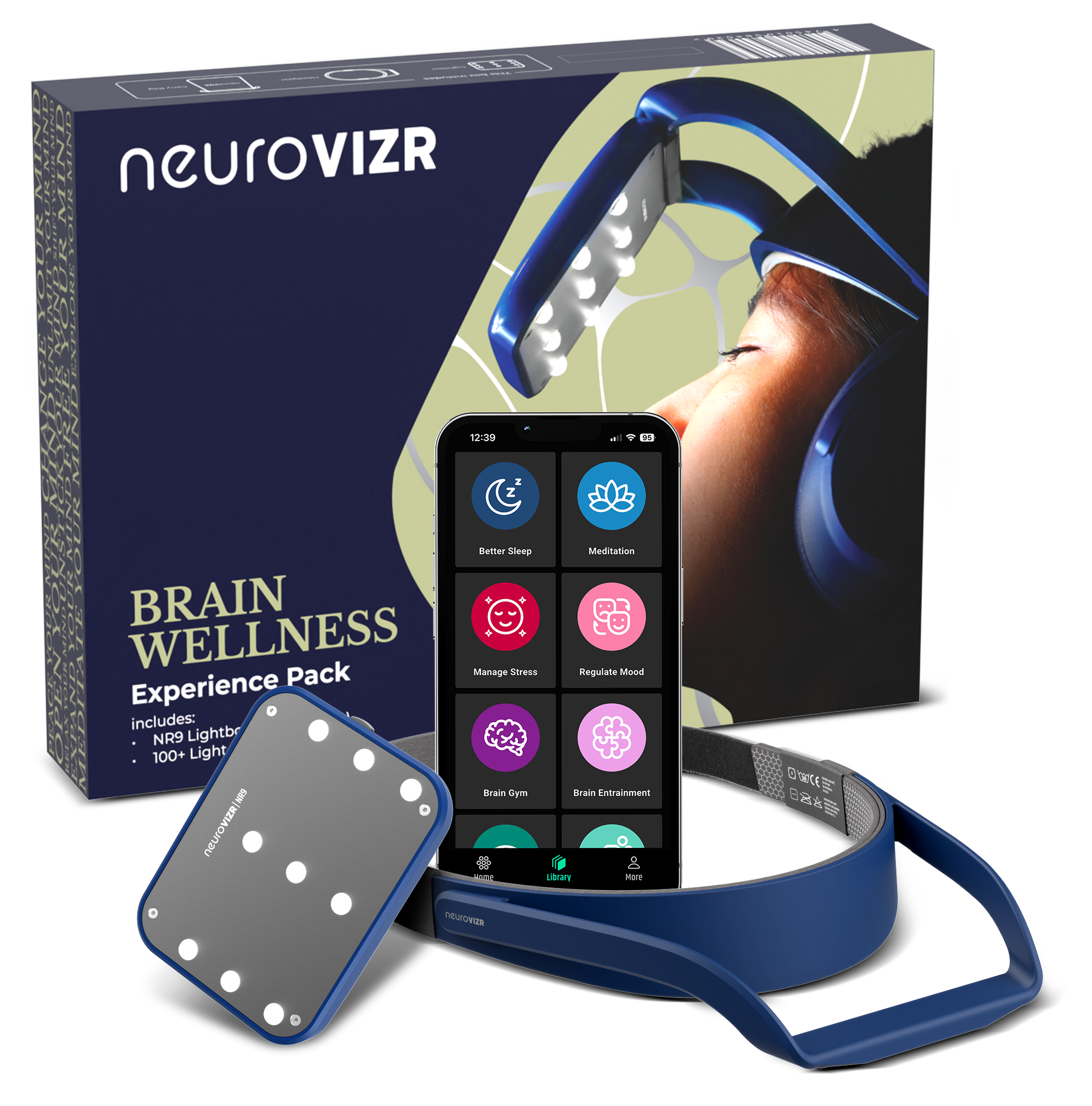


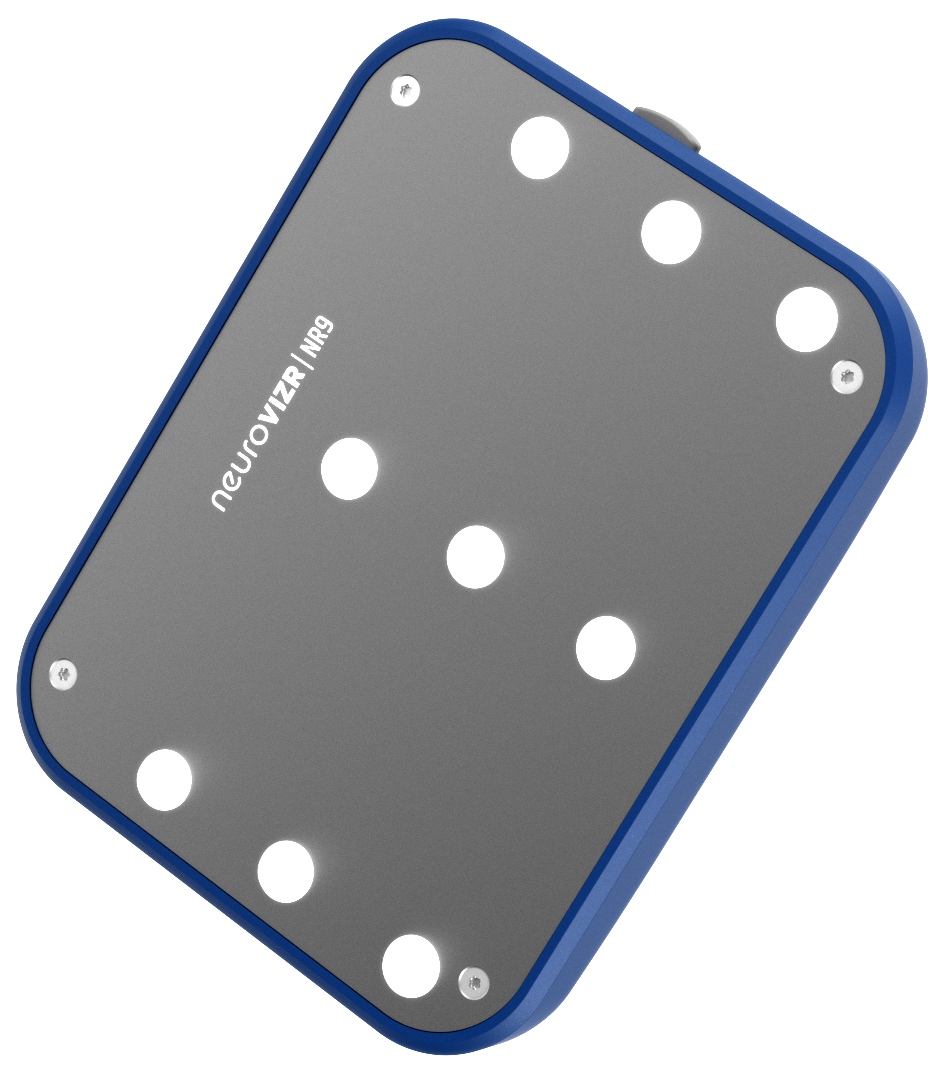
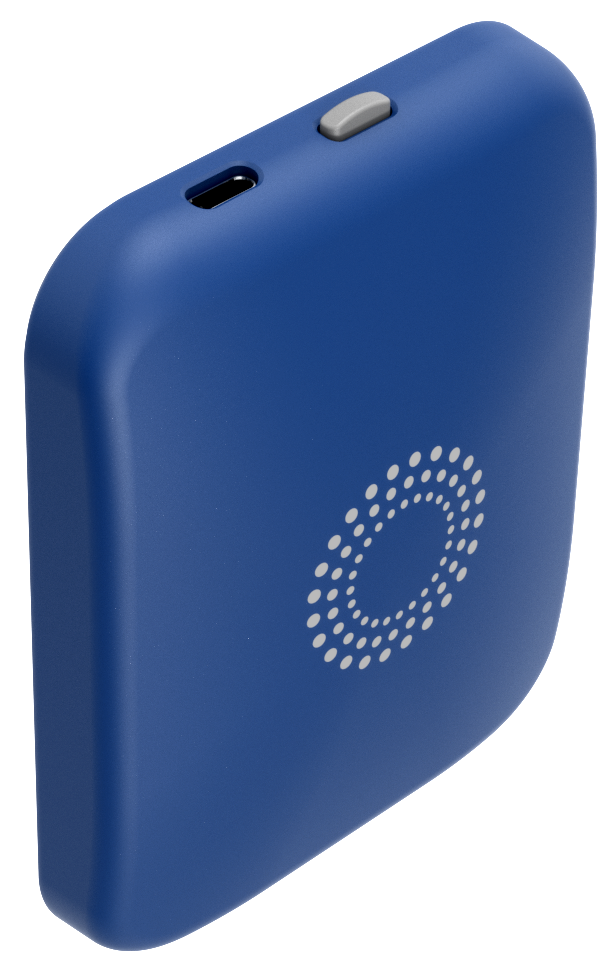
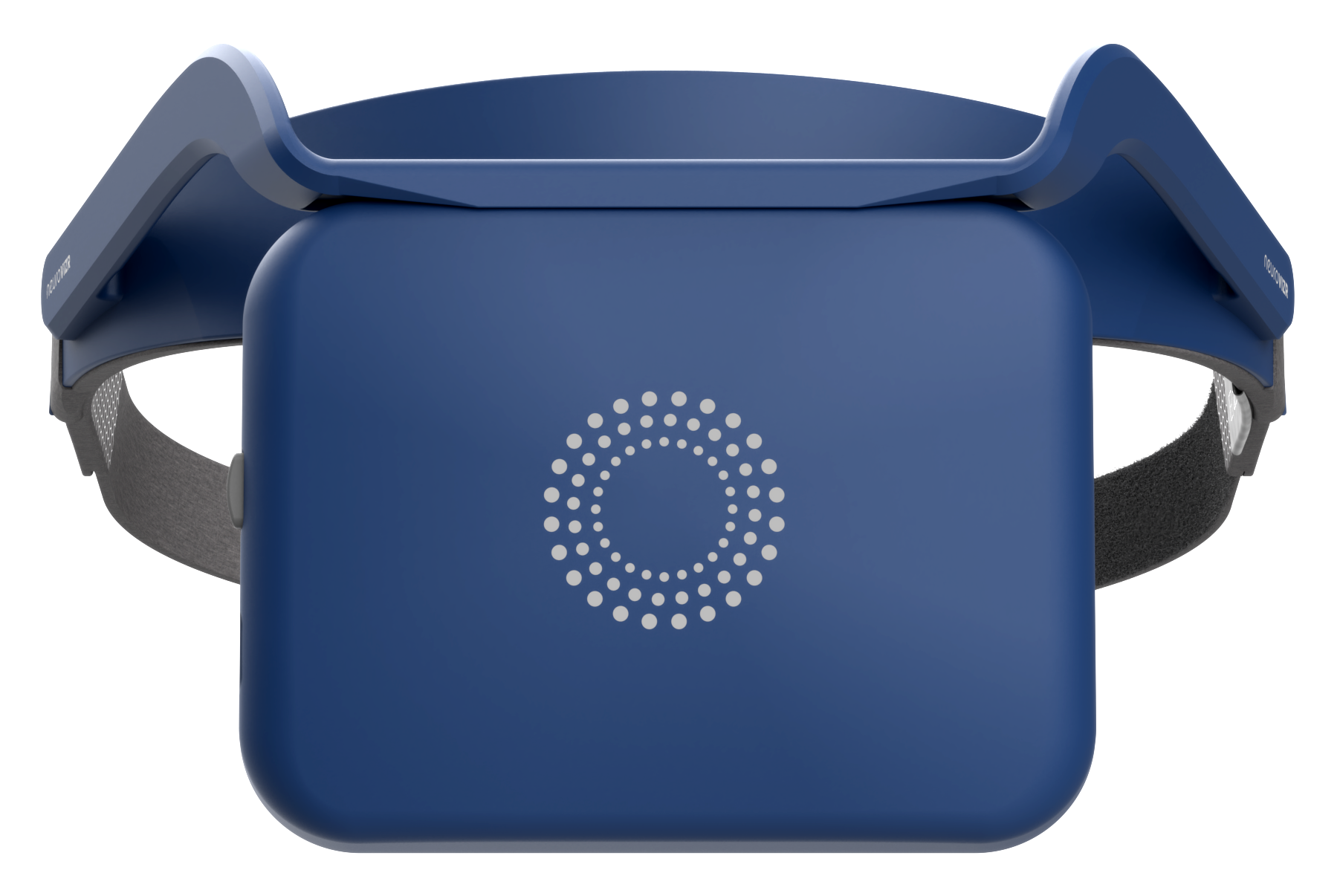

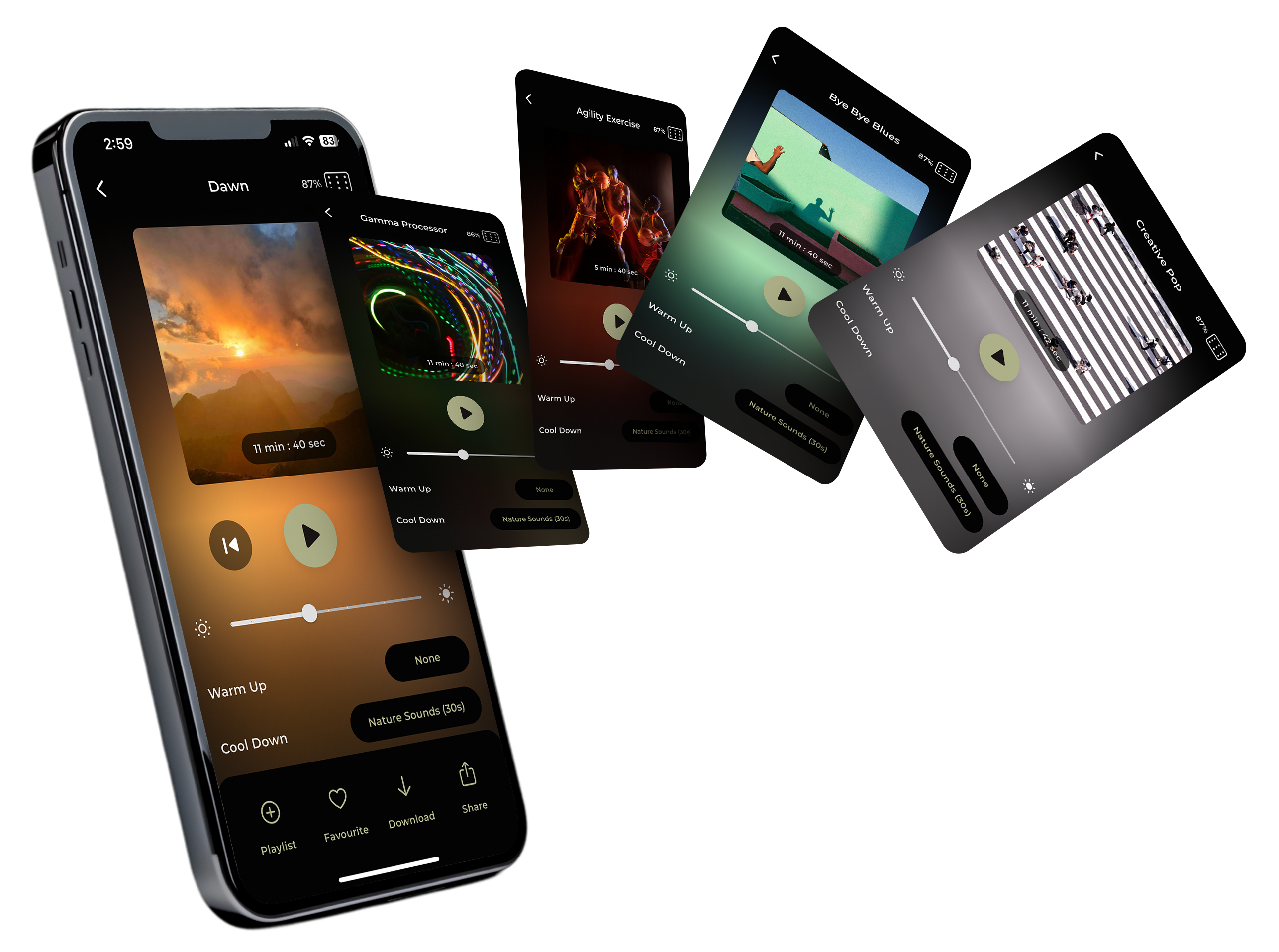
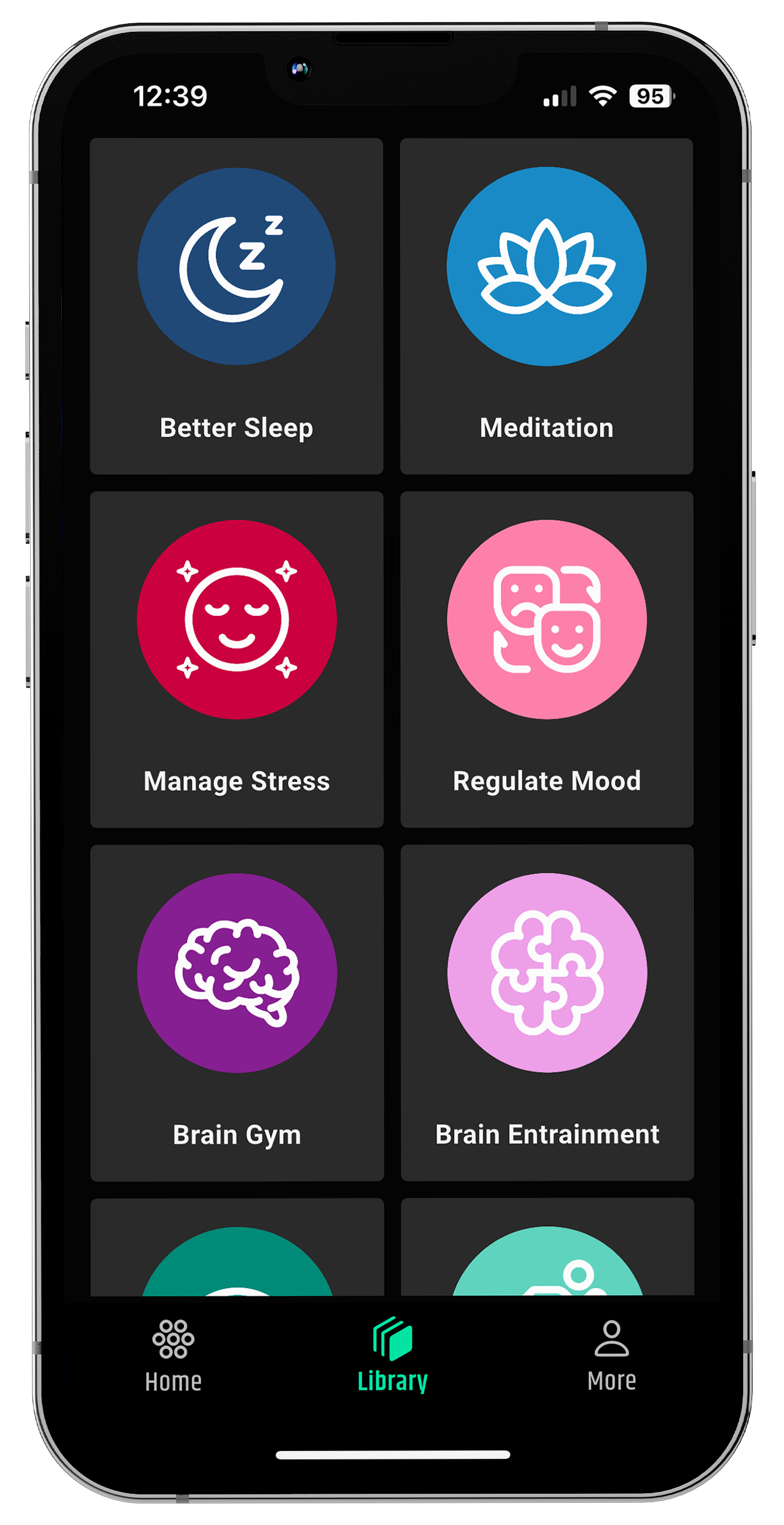
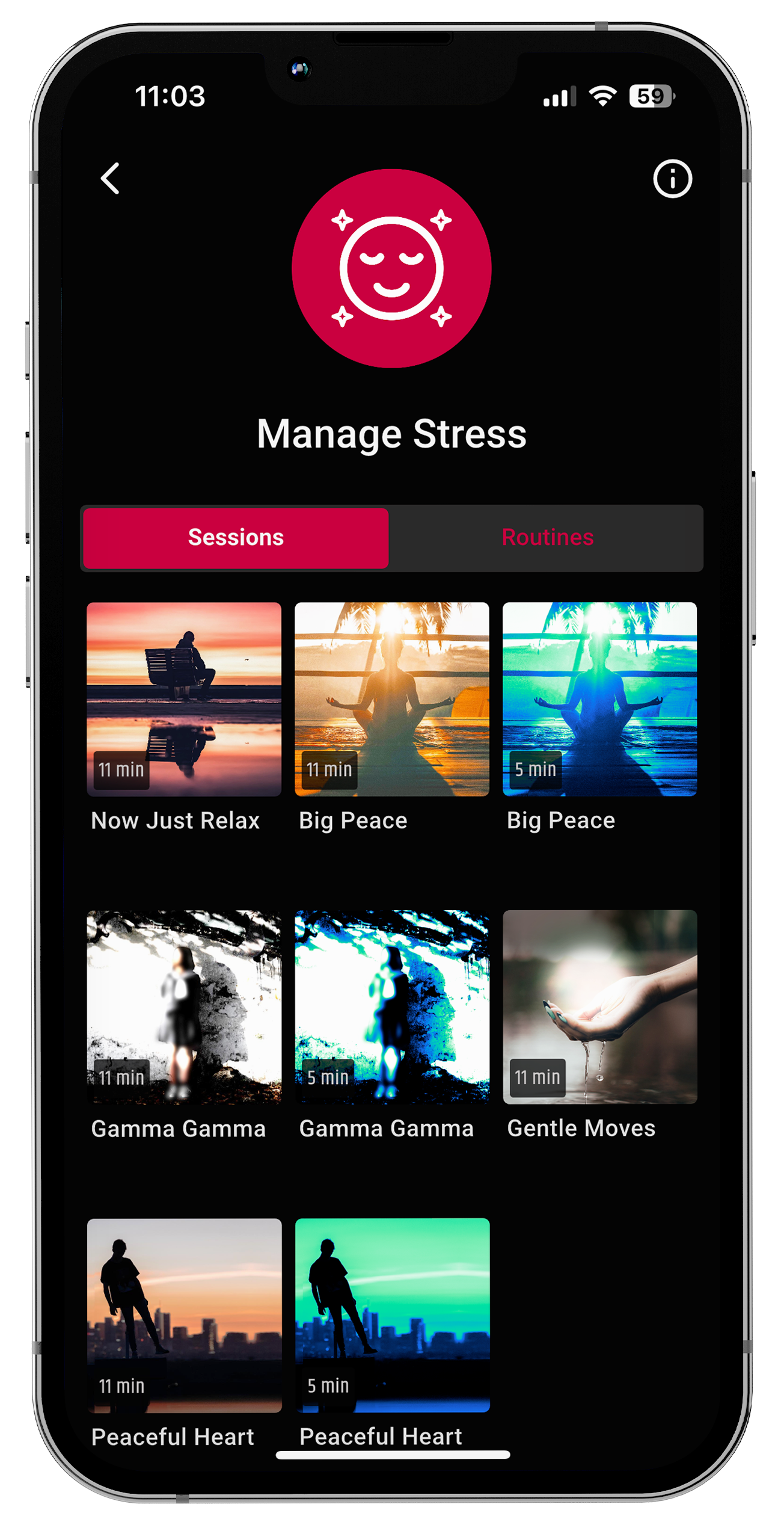
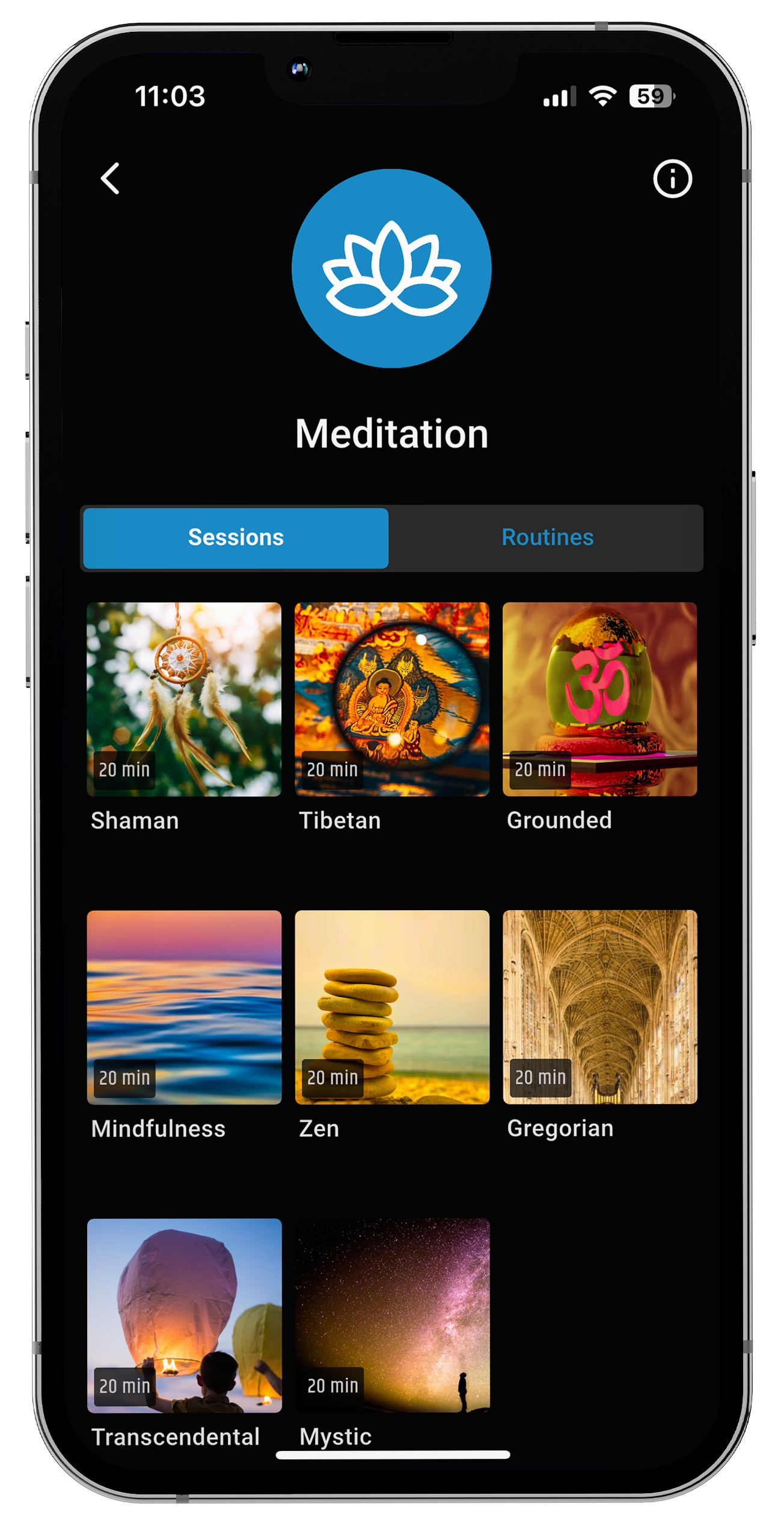
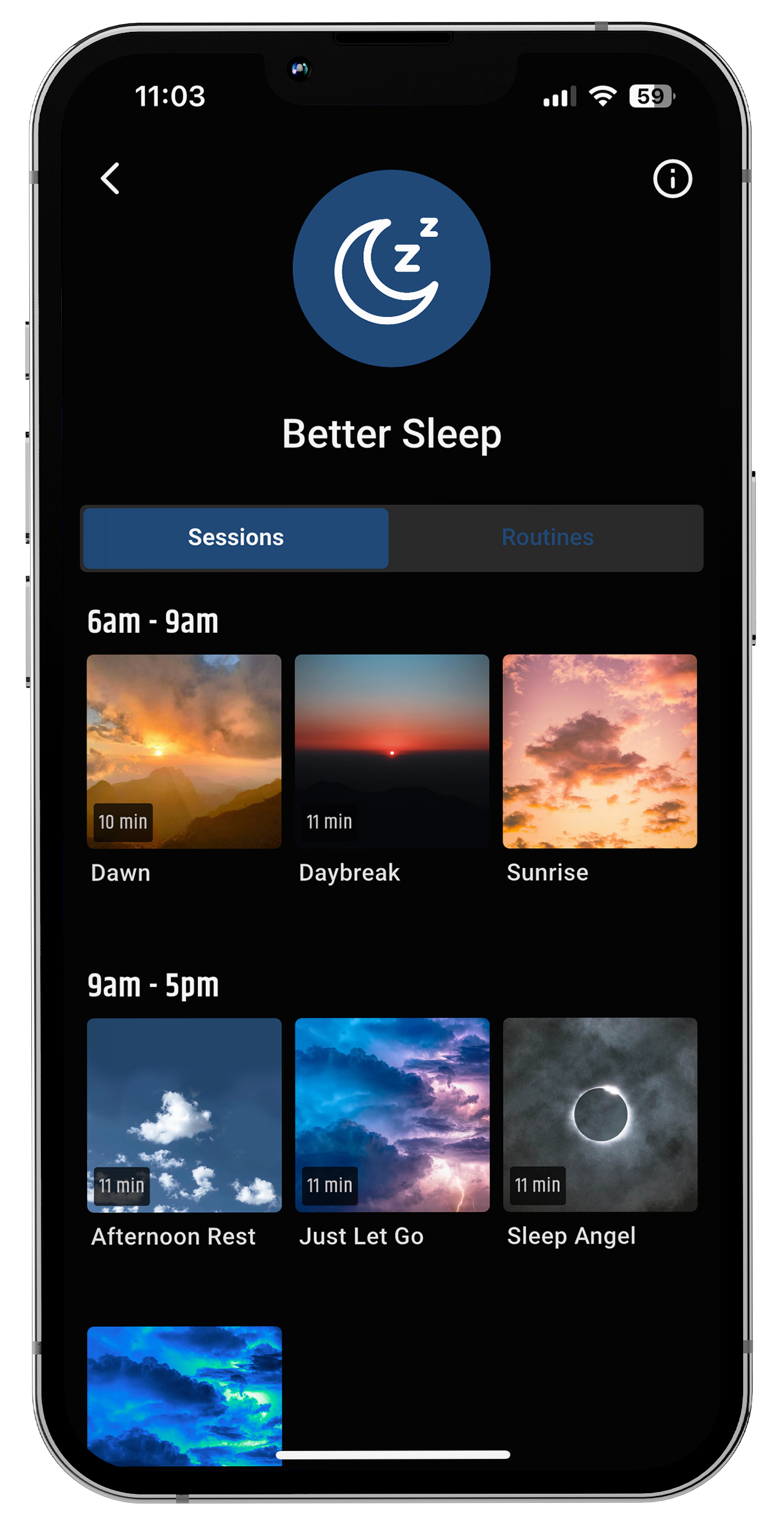
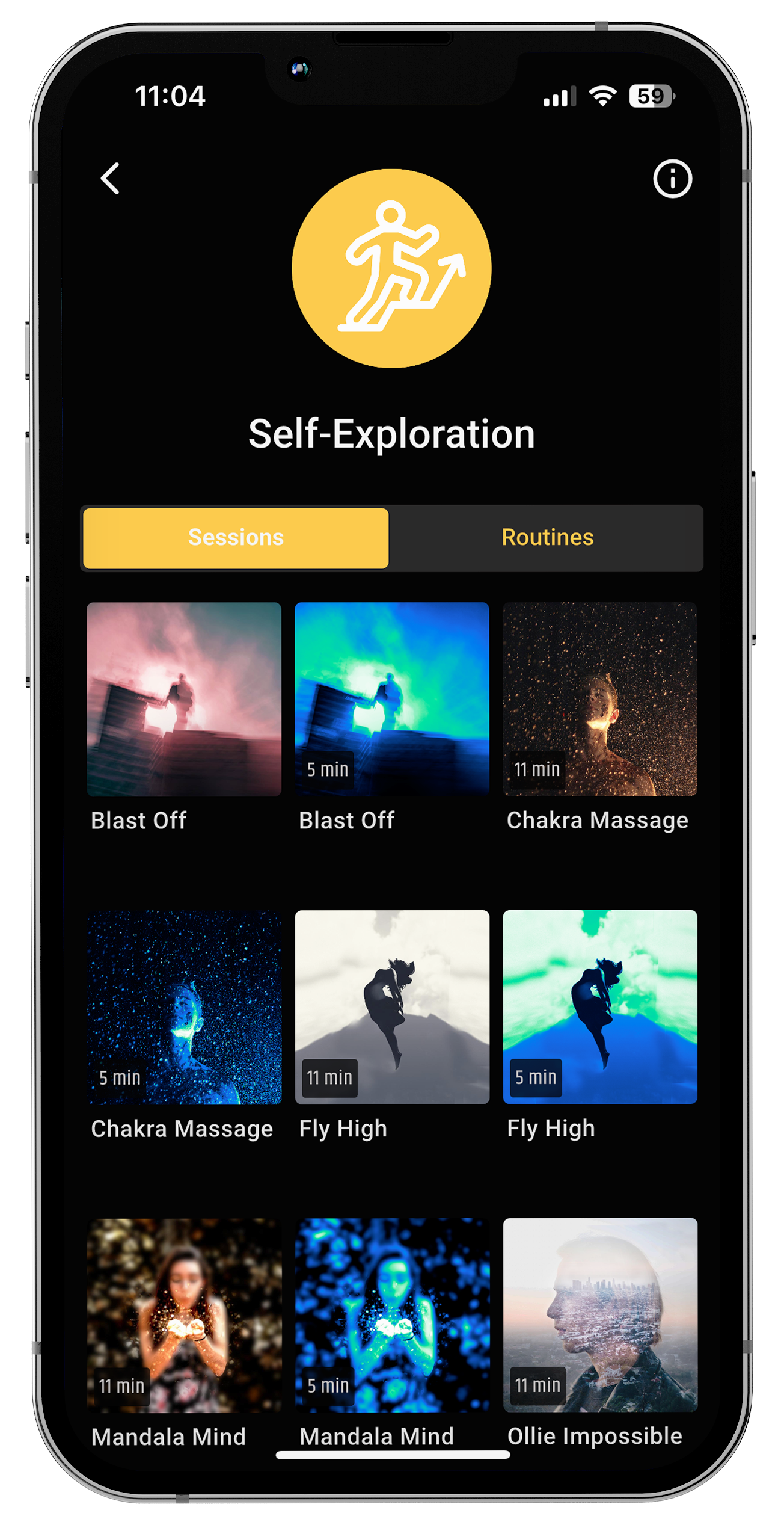
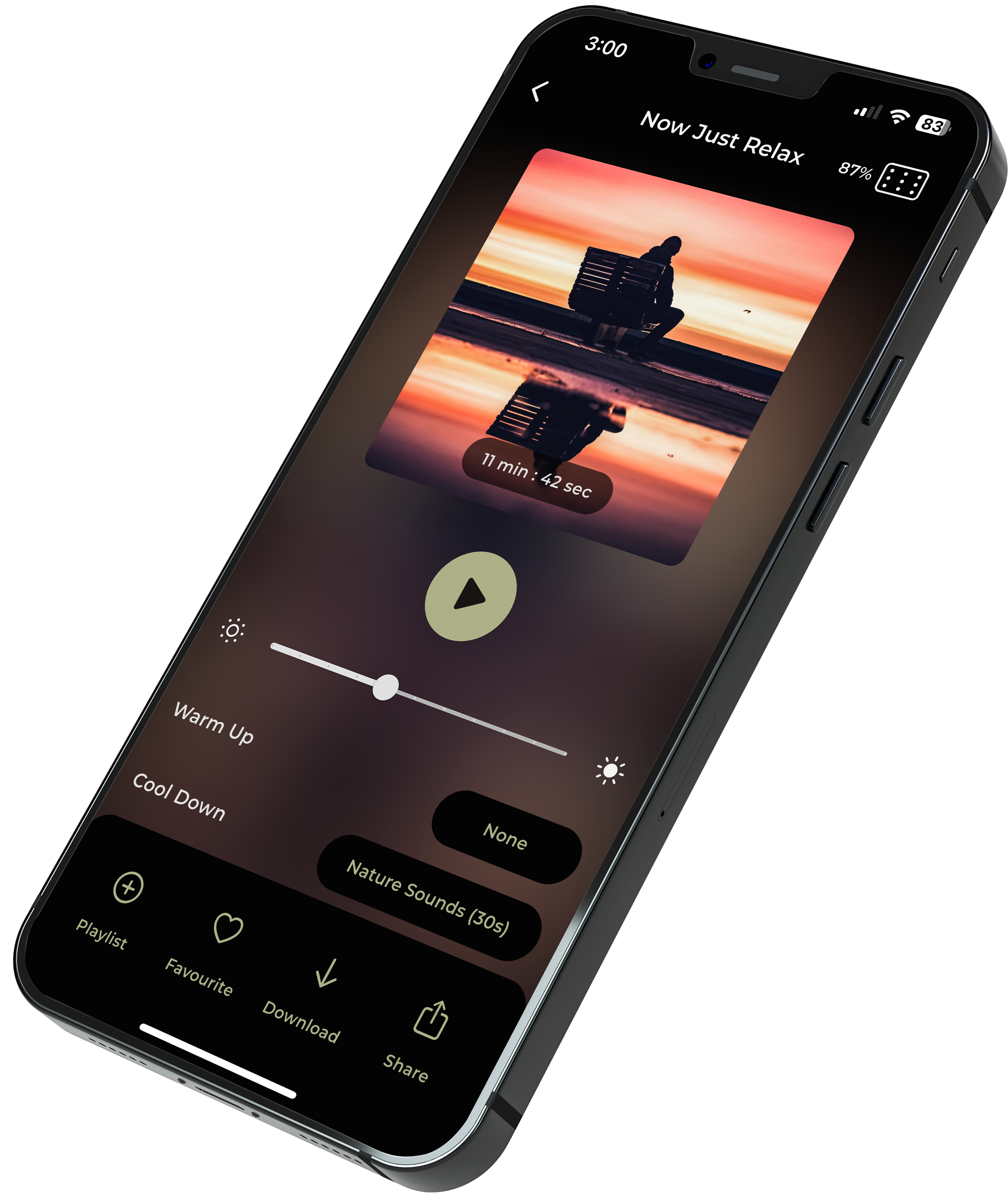


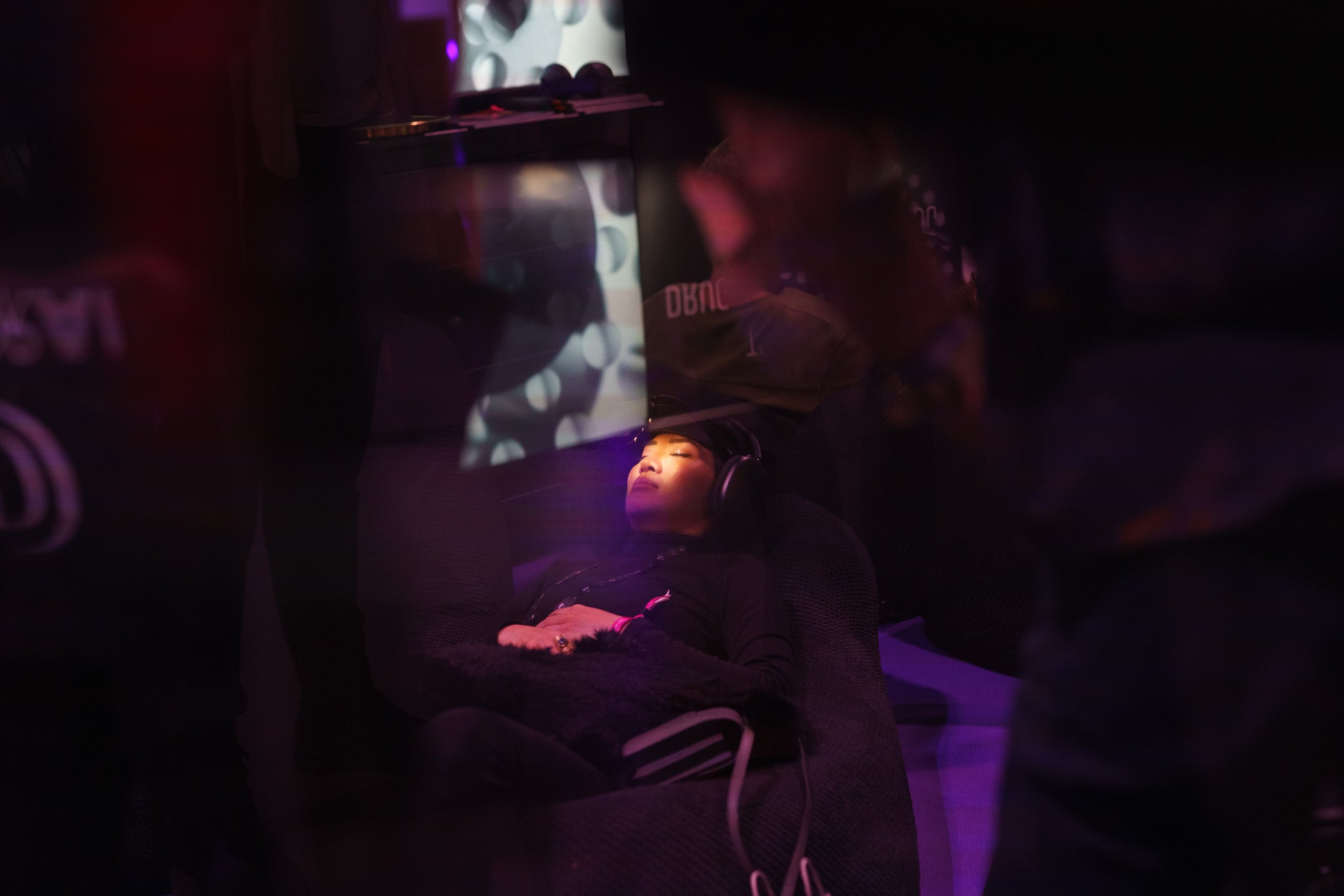


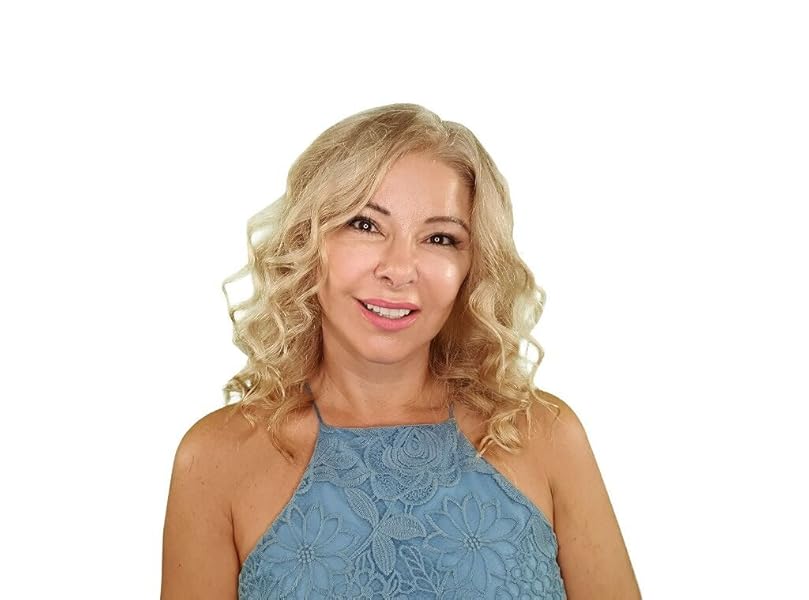

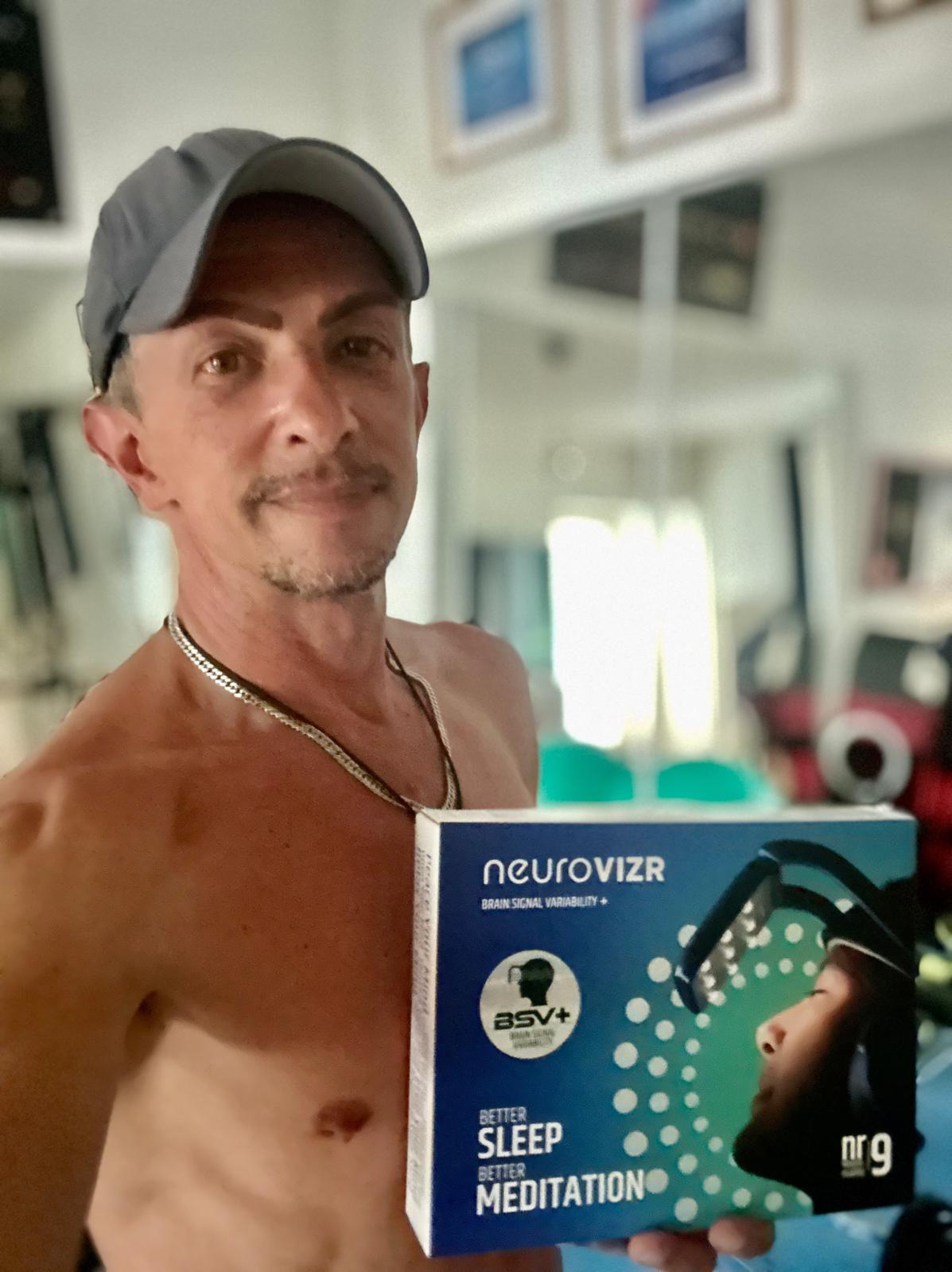
Share:
Thinking vs. Feeling: How Your Personality Impacts Your Decisions?